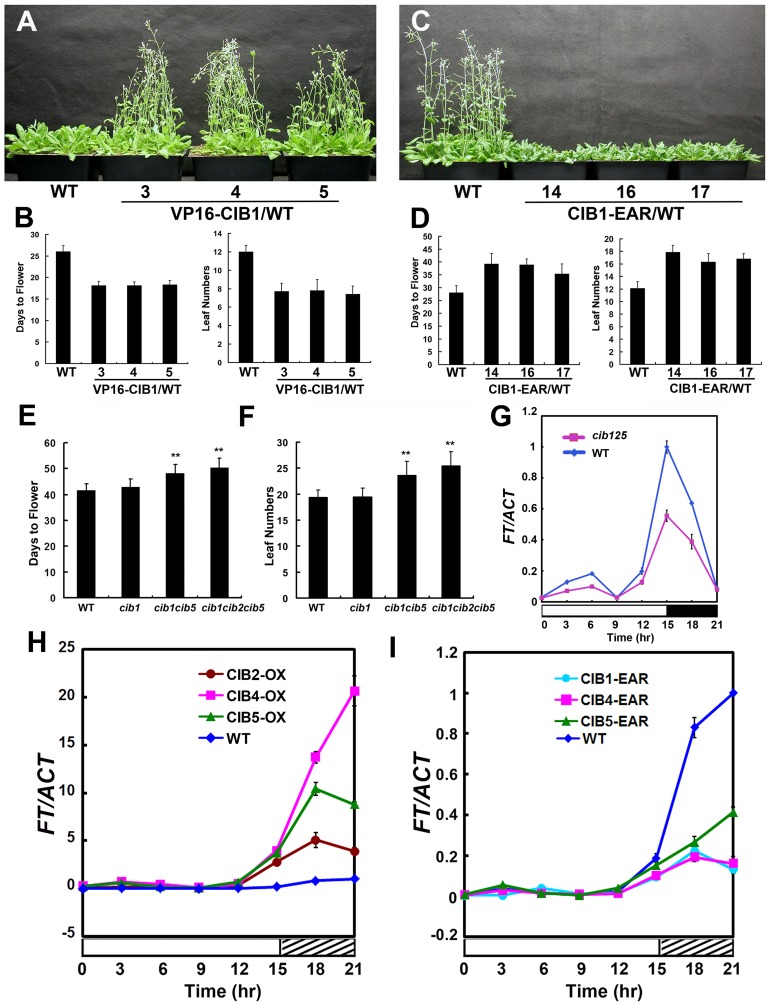Figure 2. CIB proteins promote flowering redundantly by activating FT mRNA expression.
(A–D) Flowering phenotype in long day. Three independent 35S::VP16-Myc-CIB1 (A–B) transgenic lines and the WT control were grown in long day for 23 days when the picture was taken. 35S::Myc-CIB1-EAR (C–D) plants and the WT control were grown in long day for 33 days when the picture was taken. The quantitative flowering times measured as days to flower and the number of rosette leaves at the day floral buds became visible, and the standard deviations (n≥20) are shown. (E–F) The cib15 double and the cib125 triple mutant showed a mild but statistically significant delay of flowering under a photoperiodic inductive condition. Plants were grown in short-day photoperiod (9 hL/15 hD) for 20 days, transferred to long-day photoperiod (16 hL/8 hD) for 4 days, and moved back to short-day to continue grow until flowering. Days from sawing to flowering and number of rosette leaves at the time of flowering are shown with the standard deviations (n>20). (G) A comparison of the FT mRNA expression in the cib1cib2cib5 triple mutant and the wild type. Plants were grown in short-day photoperiod (9 hL/15 hD) for 20 days and transferred to long-day photoperiod (16 hL/8 hD) for 4 days, samples were collected every 3 hr for 24 hr in the fourth day of long day at the time indicated for the qPCR analysis. (H–I) Quantitative PCR results showing mRNA expression of FT in the wild type (WT), transgenic lines expressing the 35S::Myc-CIB2, 35S::Myc-CIB4, 35S::Myc-CIB5 or 35S::Myc-CIB1-EAR, 35S::Myc-CIB4-EAR, 35S::Myc-CIB5-EAR transgene in the wild-type background grown in long-day (16 hL/8 hD) for 6 days then moved to continue white light for one day. Samples were collected every 3 hr for 24 hr in the continuous white light. Each experiment was performed at least three times with similar results.

